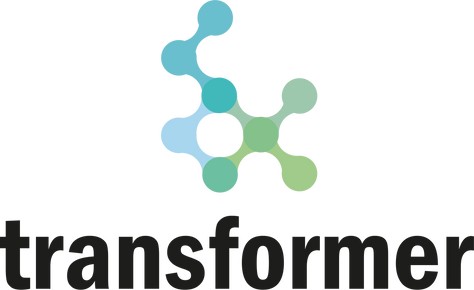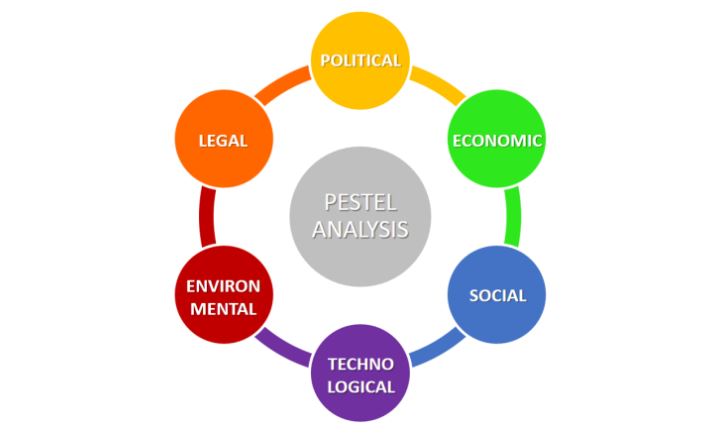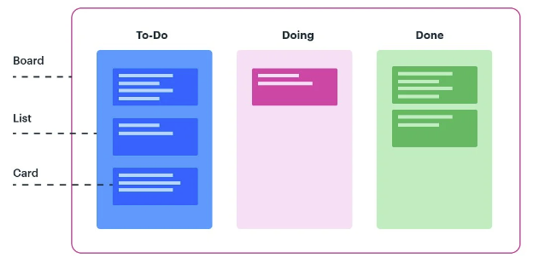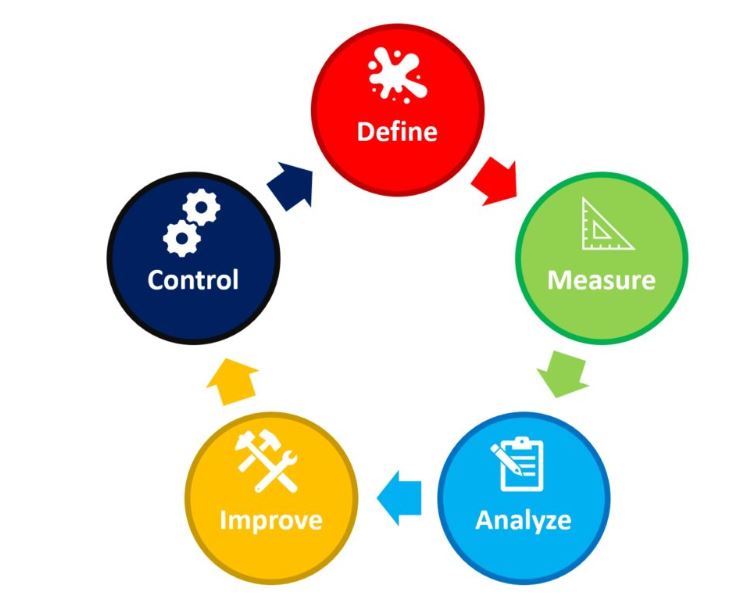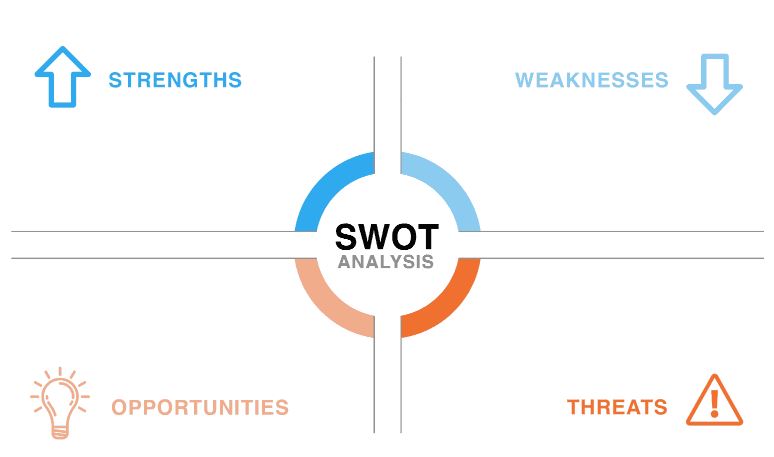Pareto Analysis
Pareto Analysis as a strategy for identifying quick wins during the TSL process (Activity 8.1 of TRANSFORMER Roadmap) involves leveraging the 80/20 rule to focus on the small number of causes that lead to most transition problems. By prioritizing the top 20% of causes contributing to 80% of the transition problems, resources can be allocated […]
